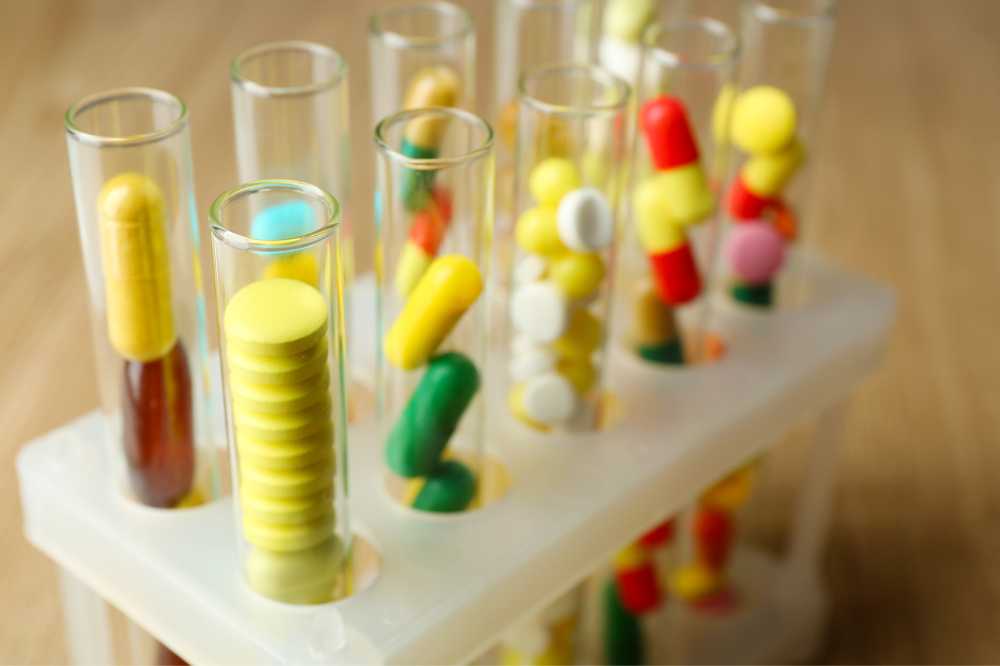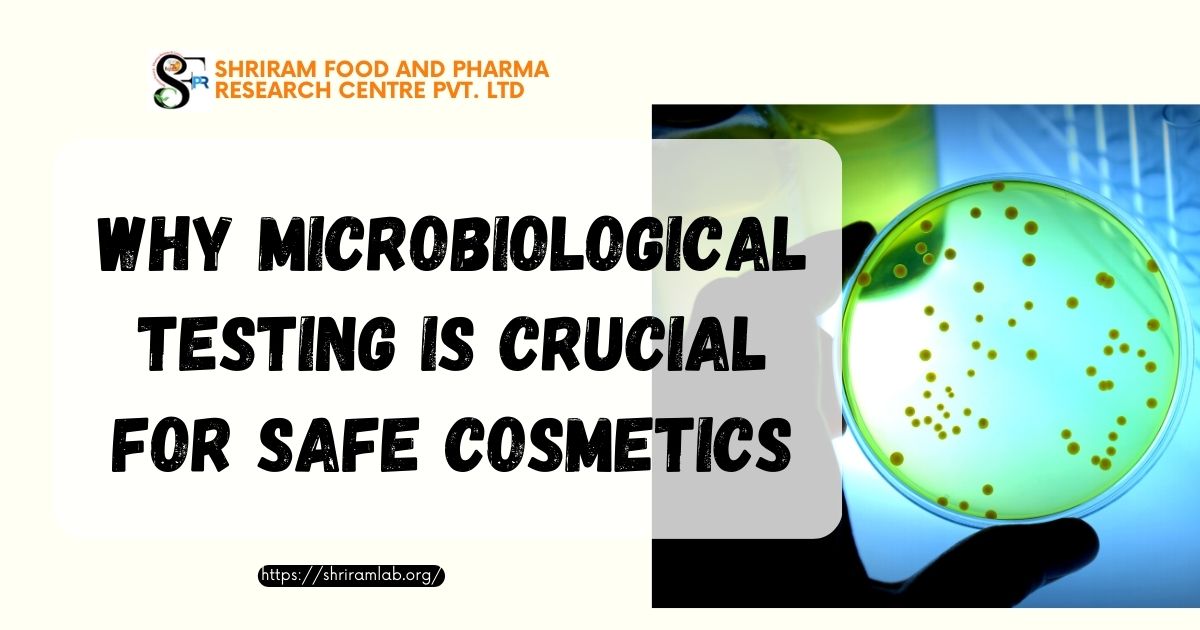Pharmaceutical companies worldwide face the daunting challenge of ensuring product integrity and patient safety. One of the major risks in the pharmaceutical industry is the contamination of pharmaceutical products by objectionable microorganisms. To prevent contamination events and uphold quality standards, licensed pharmaceutical manufacturers are bound by strict regulations and quality control procedures. This article explores the critical aspects of microbiological quality control in the pharmaceutical industry, highlighting the importance of maintaining product integrity and safety.
Understanding Microbiological Quality Control
What is Microbiological Quality Control?
Microbiological quality control involves the assessment and management of microbial contaminants in pharmaceutical products, raw materials, and manufacturing environments. This process aims to safeguard the integrity of pharmaceutical products and protect public health.
The Significance of Microbiological Quality Control
Microbiological quality control is critical because it ensures that pharmaceutical products are free from harmful microorganisms such as bacteria, fungi, and viruses. Contaminated products can lead to serious health risks and legal consequences for pharmaceutical companies.
Key Aspects of Microbiological Quality Control
Sampling and Testing
To maintain quality, pharmaceutical companies must implement rigorous sampling and testing procedures. This involves taking samples from different stages of production and subjecting them to various microbiological tests.
Environmental Monitoring
Maintaining a sterile manufacturing environment is crucial in pharmaceutical production. Environmental monitoring includes regular checks of air quality, surfaces, and equipment for microbial contamination.
Microbial Identification
Identifying the type of microorganisms present is vital for understanding potential risks and implementing appropriate control measures.
Preservative Efficacy Testing
Pharmaceutical products, especially those susceptible to microbial contamination, require preservatives. Preservative efficacy testing ensures that these preservatives effectively protect the product from microbial growth.
Regulatory Guidelines
The pharmaceutical industry is highly regulated, and microbiological quality control is no exception. Regulatory bodies such as the FDA and EMA have established guidelines that pharmaceutical companies must adhere to. These guidelines cover various aspects of microbiological quality control, including testing methods, acceptable microbial limits, and reporting requirements.
The Significance of Microbiological Quality Control
In the intricate world of pharmaceutical manufacturing, quality control is paramount. Companies must ensure that their products are free from microbial contaminants that could compromise patient safety. Microbiological quality control encompasses various essential aspects, including:
1. Testing Raw Materials
Pharmaceutical manufacturers must rigorously test the raw materials they use in their products. This step ensures that the materials themselves are free from microbial contaminants that could be introduced inadvertently.
2. Scrutinizing Equipment
The equipment used in pharmaceutical production is a potential source of contamination. Regular checks and tests are vital to maintain the integrity of the manufacturing process.
3. Evaluating Environmental Surfaces
Environmental surfaces within the manufacturing facility must be continuously evaluated for microbial contaminants to prevent cross-contamination.
4. Final Preparations Inspection
Before a pharmaceutical product reaches the market, it undergoes a thorough inspection to ensure it is free from microbial contaminants that may have been introduced during or after the manufacturing process.
Key Microbiological Quality Control Assays
Several essential assays are recommended to maintain microbiological quality control. These include:
1. Growth Promotion Testing
Growth promotion testing is critical to establishing the nutritional properties of culture media. Ensuring that microbial growth is supported is vital, as culture media is frequently used in pharmacopeial quality control assays.
2. Microbial Enumeration Testing
This test, defined in USP <61>, determines whether a pharmaceutical product complies with the specified microbiological quality standards. It aims to confirm the absence of objectionable organisms via various methods, including direct plating and membrane filtration.
3. Antimicrobial Effectiveness Testing
USP <51> outlines the antimicrobial effectiveness test, which confirms the effectiveness of antimicrobial preservatives added to pharmaceutical products. This test ensures that these preservatives inhibit microbial growth effectively.





